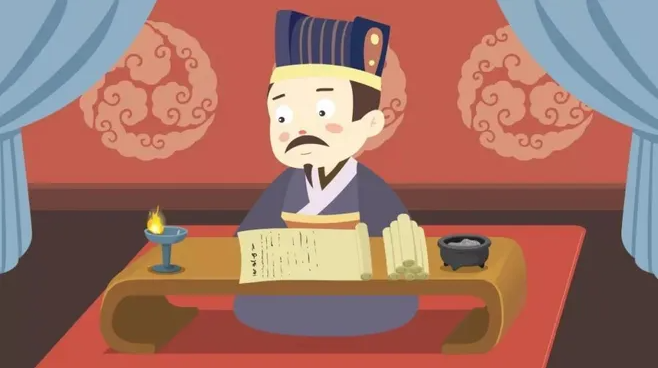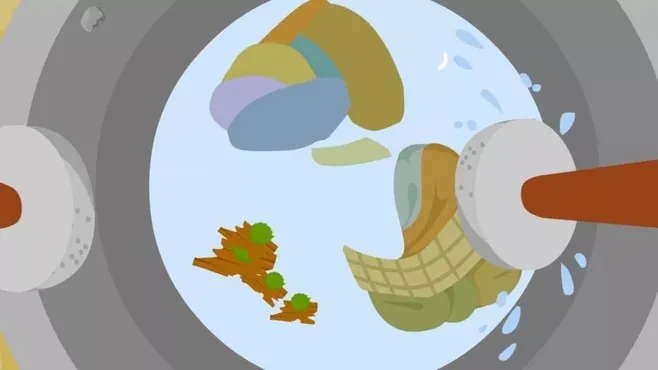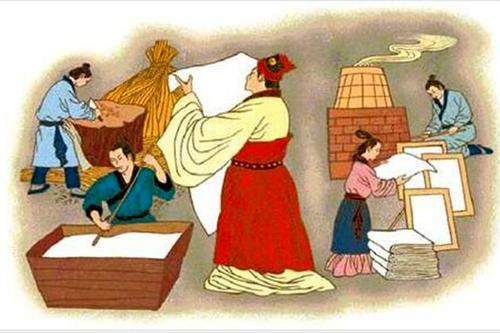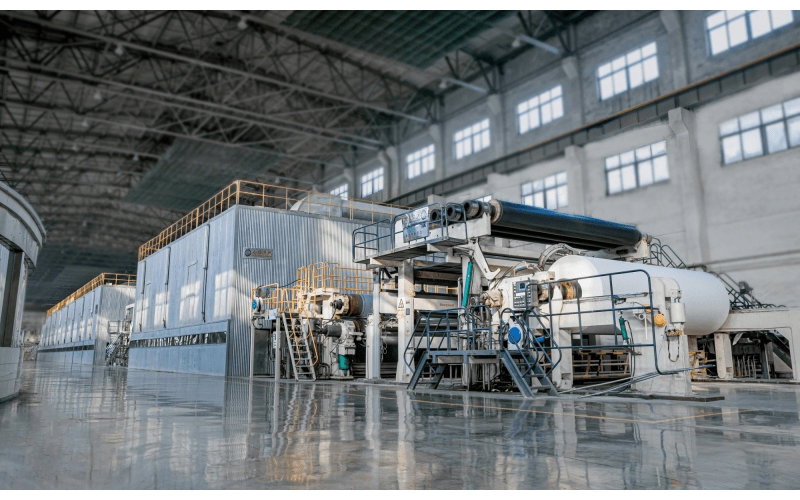In ancient China, there was a man named Cai Lun. He was born in an ordinary peasant family and farmed with his parents since childhood. At that time, the emperor liked to use brocade cloth as writing material. Cai Lun felt that the cost was too high and ordinary people could not use it, so he was determined to overcome difficulties and find an affordable material to replace.

Due to his position, Cai Lun has the conditions to observe and contact folk production practices. Whenever he had free time, he would thank guests behind closed doors and personally go to the workshop to conduct technical investigations. One day, he was fascinated by the grinding stone: grind the wheat grains into flour, and then he can make both big buns and thin pancakes.

Inspired, he ground the bark, rags, old fishing nets, etc. in a stone mill, and tried to make it into a cake, but failed. Later, it was changed to pounding hard in a stone mortar, insisting on pounding continuously, and finally it became powdered slag. After soaking in water, a film immediately formed on the surface of the water. It really looked like a thin pancake. Gently peeled it off, put it on the wall to dry, and tried to write on it. The ink dries in an instant. This is the paper that Cai Lun invented more than two thousand years ago.

The invention of papermaking not only greatly reduced the production cost of products, but also created conditions for mass production. In particular, the use of bark as raw material has created a precedent for modern wood pulp paper and opened up a broad way for the development of the paper industry.
Later, papermaking was first introduced to North Korea and Vietnam, which are adjacent to China, and then to Japan. Slowly, countries in Southeast Asia learned the technology of papermaking one after another. Pulp is mainly extracted from fibers in hemp, rattan, bamboo and straw.
Later, with the help of the Chinese, Baekje learned to make paper, and the papermaking technology spread to Damascus in Syria, Cairo in Egypt and Morocco. In the spread of papermaking, the contribution of the Arabs cannot be ignored.
Europeans learned about papermaking technology through Arabs. The Arabs established the first paper factory in Europe in Sadiva, Spain; then the first paper factory in Italy was built in Monte Falco; A paper factory was established near Roy; Germany, the United Kingdom, Sweden, Denmark and other major countries also have their own paper industries.

After the Spaniards immigrated to Mexico, they first established paper factory in the American continent; then they were introduced to the United States, and the first paper factory was established near Philadelphia. At the beginning of the last century, Chinese papermaking had spread all over the five continents.
Papermaking is one of the "four great inventions" of ancient Chinese science and technology (compass, papermaking, printing, and gunpowder). and exchanges have profoundly affected the course of world history.
Cai Lun's former residence is located in Caizhou, northwest of Leiyang, Hunan, China. There is Cai Lun Memorial Hall in the west of the continent, and Cai Zichi is next to it. Welcome to visit China.
See, after reading it, you understand where does the paper come from, right?
Post time: Feb-14-2022
